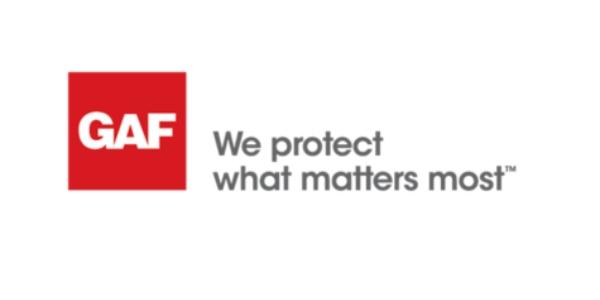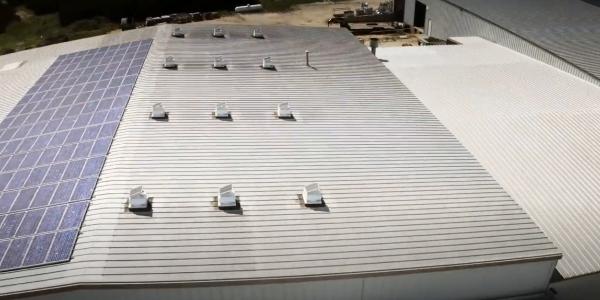The Future is Solar Powered

By Cass Jacoby, RCS Reporter.
The solar revolution is underway, one rooftop at a time.
Rising electricity costs and a looming climate crisis have made renewable energy options more attractive than ever. In 2021 the U.S. Solar Market again set records as demand for residential solar (and storage) reached new levels. According to SEIA.org, solar accounted for 46% of all new electricity-generating capacity added in the U.S. in 2021.
Further, growing interest in corporate and community solar also helped spur 19% year-over-year growth as the industry topped 20 GW and 500,000 annual installations for the first time, as documented in SEIA’s recently released U.S. Solar Market Insight 2021 Year in Review report.
“We’re in a transitional time,” Eliza Ives, renewable energy program manager with Seattle City Light tells GeekWire. According to the Pew Research Center majorities of Americans say the United States should prioritize the development of renewable energy sources, such as wind and solar, and take steps toward the country becoming carbon neutral by the year 2050. However, we are still short of the estimated $794 billion ($27 trillion by 2050) that the International Renewable Energy Agency says is needed annually for renewable energy to meet climate agreement objectives and avoid a global meltdown.
The main problem is simply making it easier for people to get their hands on solar panels – in their own homes or industry. In Affordable and Accessible Solar for All: Barriers, Solutions and On-Site Adoption Potential, the National Renewable Energy Laboratory (NREL) provides direction on how energy equity could be prioritized to achieve quicker all-around decarbonization. One major finding is that solar adoption could be 10 times greater among low- and medium-income houses if the "split-incentive problem" were solved — the problem of homeowners lacking incentives to install solar, and renters missing potential savings from installed solar.
Daniel Gregory, an emerging energy technologies researcher at Accenture Labs echoes this in his comments to Science Business saying that “getting the technology available to enough people is more the issue than the technology itself.”
Despite the challenges remaining, many researchers believe that solar is destined to keep up its momentum and expand across the world. “I think that we’ve reached the tipping point where solar is big business,” David Feldman, senior financial analyst at NREL, tells Science Business. “I definitely think that when you look at all the commitments out there, it seems inevitable that we’re moving towards solar and wind.”
Stay up to date with the latest roofing industry news when you sign up for the RCS Week in Roofing e-news.
Recommended For You

GAF Reinforces Commitment to a Sustainable Future with Inaugural Social Impact Report
Read More ...
Solar attic fans give roofing contractors a competitive edge
Read More ...
The whole-life impact of insulation on low-slope roofing
Read More ...


















Comments
Leave a Reply
Have an account? Login to leave a comment!
Sign In